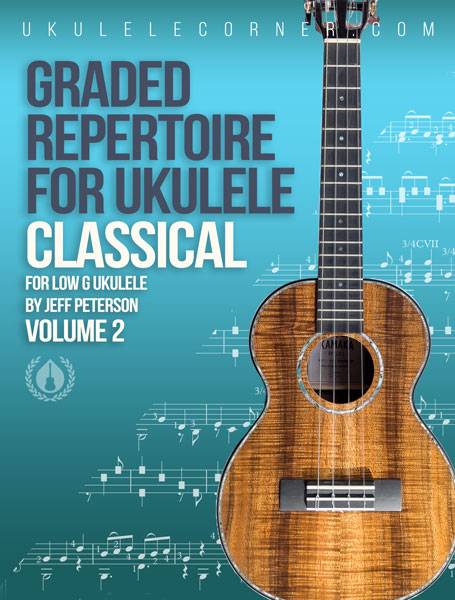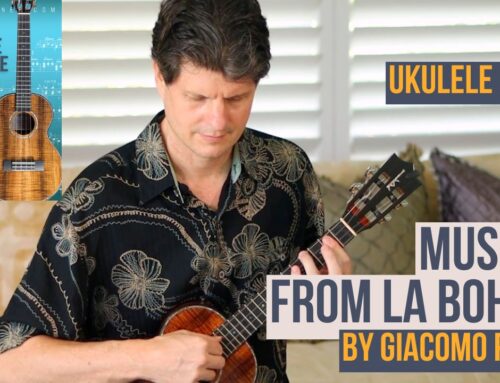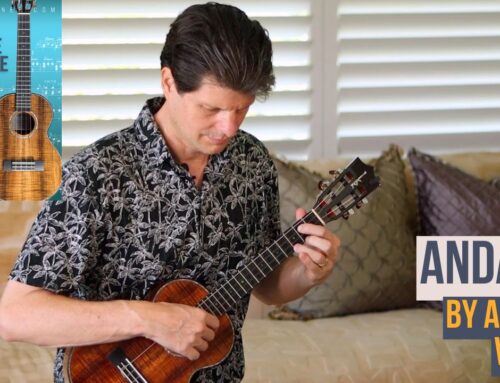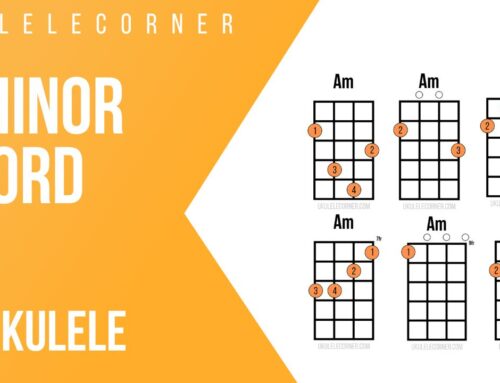Como Llora una Estrella for Classical Ukulele
In this video, Jeff Peterson plays his arrangement of Como Llora una Estrella for classical ukulele by Antonio Carillo. This piece is a Venezuelan waltz from the early 20th century by Antonio Carrillo, a composer, conductor, and mandolinist. Known as a Joropo, this fast waltz style is typically performed by ensembles with harp, cuatro, mandolin, maracas, and bass for dancers. Originally an instrumental, the piece gained popularity after lyrics were added.
Performance Notes
It’s arranged here in Dm with two repeating sections.
The flowing eighth notes create overlapping chords. Start with the Dm chord shape, placing the 2nd finger on the 4th string and the 3rd finger on the 3rd string. The 4th finger handles higher pitches in the descending line in measure 4 before returning to the Dm shape. Identify implied chord shapes throughout and note when the music moves away from them, such as in measure 14, where the 2nd finger jumps to Bb on the 1st string.
Slur technique is used to create fluid lines. In the second half, release barre chord shapes to play moving melodies on the 2nd string. The pinky needs to reach for high G and F notes in measure 43—practice this slowly, building up to 140 bpm. Finish the piece by returning to the typical Dm chord shape.
Graded Repertoire for Classical Ukulele: Volume 2
Como Llora una Estrella comes from our book Graded Repertoire for Classical Ukulele: Volume 2. The book has around 50 pieces of classical masterpieces carefully arranged for low-G ukulele in a progressive order. Starting with simple famous melodies like Bach’s Minuet in C, you progress step-by-step all the way through to classical favorites such as Fauré’s Pavane and Leyenda by Issac Albéniz.
Pick up your copy of Graded Repertoire for Classical Ukulele: Volume 2 here.





Leave A Comment